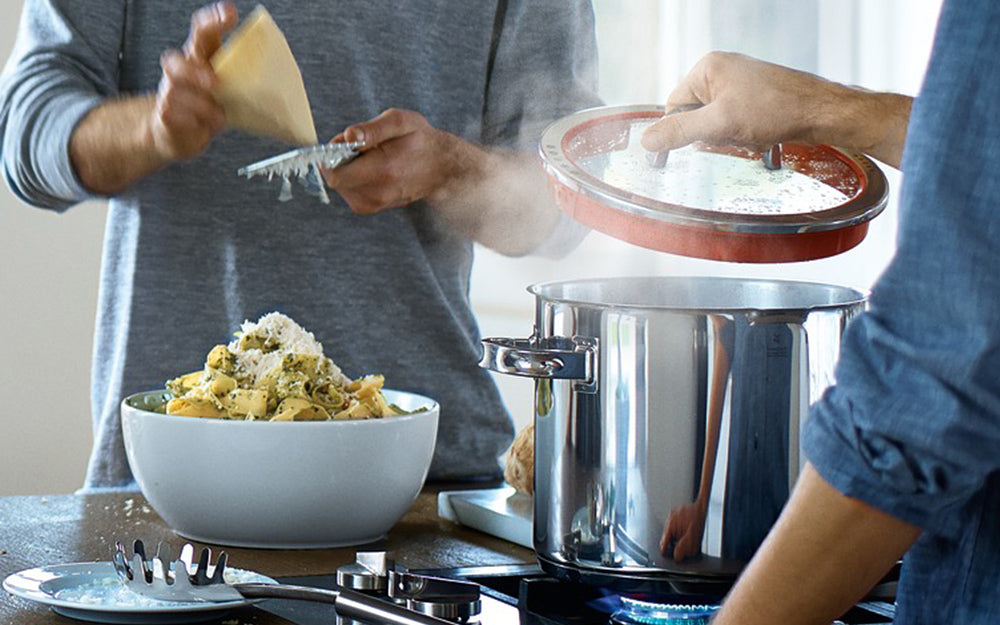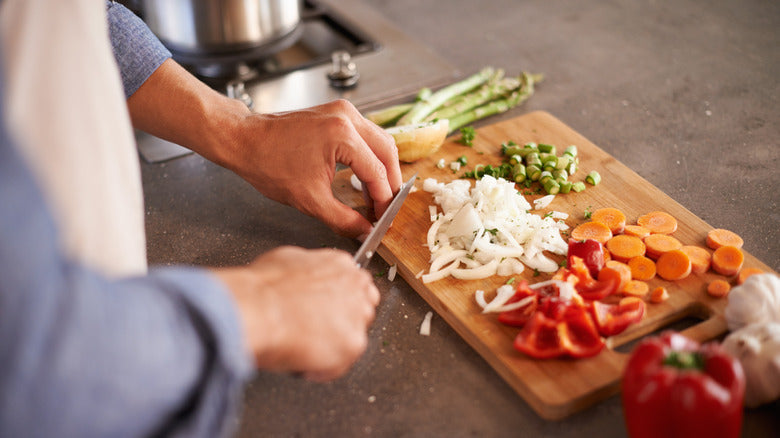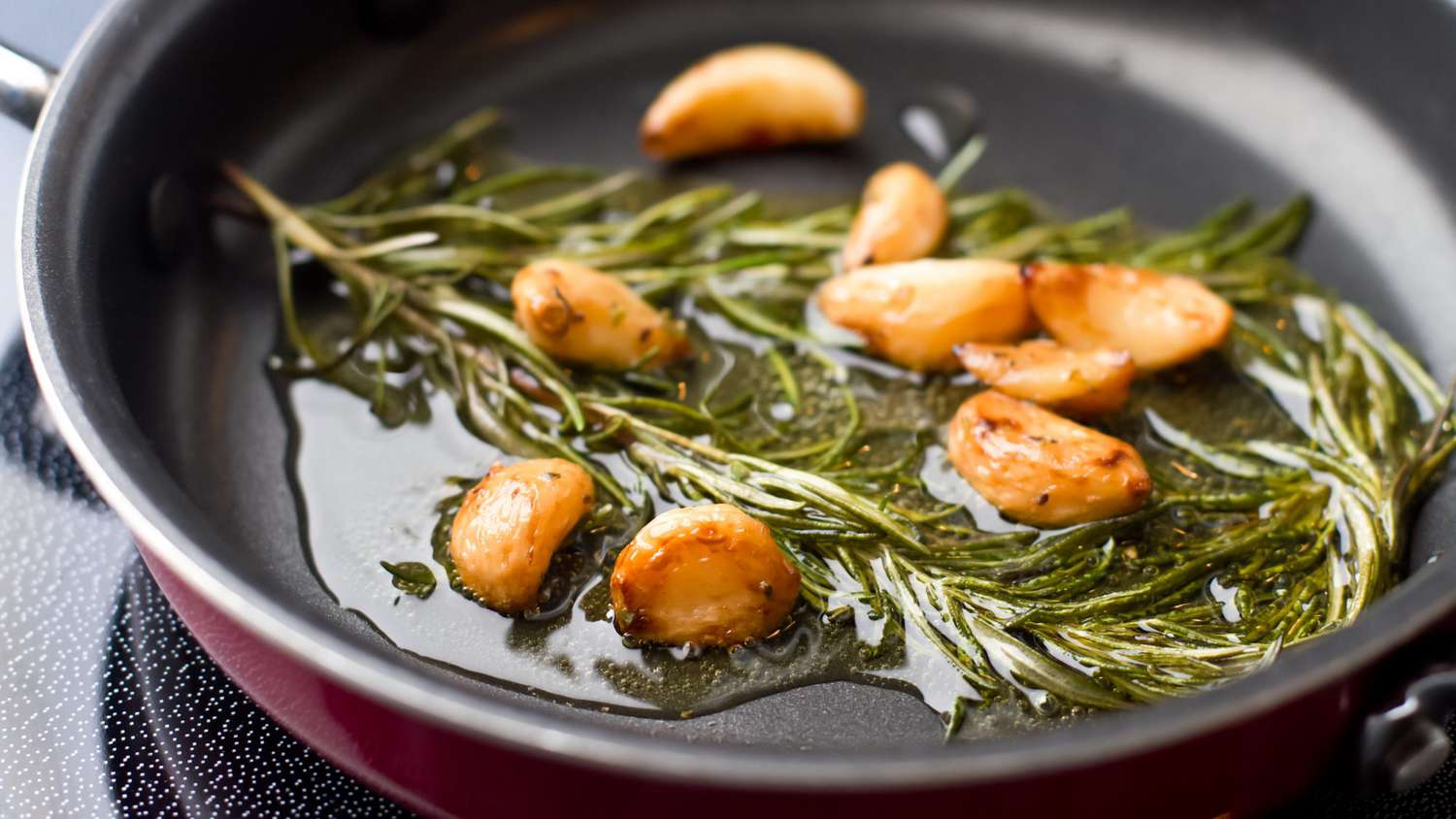When it comes to cooking, stock pots provide the foundation for a wide array of delicious recipes, from soups and stews to pasta and seafood. For kitchen professionals, understanding how to measure stock pot size accurately is crucial for preparing large quantities of food efficiently. This article will guide you through the process, highlighting key factors to consider when selecting the perfect stock pot.
Accurate measurement ensures you have the right pot for the job, preventing potential mishaps in the kitchen. Let's dive into the details of stock pot sizes and why they matter.

Understanding Stock Pot Sizes
Stock pots typically come in various sizes, often ranging from 8 quarts to 20 quarts or more. The size you choose will depend heavily on what you plan to cook and the number of servings you are aiming for. When learning how to measure stock pot size, keep the following metrics in mind:
1. Capacity
The capacity of a stock pot is perhaps the most important measurement. You'll want to consider both the volume of liquid you can fit inside and the amount of solid ingredients you can add. Common sizes include:
- 8 to 12 quarts: Ideal for smaller meals, like soups or pasta dishes.
- 16 to 20 quarts: Suitable for larger batches or gatherings.
- 30 quarts or more: Perfect for commercial kitchens or very large events.
2. Dimensions
Dimensions can often be an overlooked aspect when measuring stock pot size. The height and diameter of the pot will affect its usability, especially when it comes to stirring and serving. A deeper pot may hold more liquid but can be cumbersome to manage. Before purchasing, check the specific dimensions of the pot to ensure it fits your cooking space and style.

Measuring Your Stock Pot: A Step-by-Step Guide
Knowing how to properly measure a stock pot's size will make your kitchen adventures smoother. Follow these steps:
Step 1: Gather Your Tools
You will need:
- Measuring cup or jug
- Ruler or measuring tape
- Notepad and pen for recording measurements
Step 2: Measure Capacity
Fill your stock pot with water using a measuring cup, noting the total amount used once full. Taking measurements in increments can help you gauge how much it can hold without overflowing. Record the total capacity accurately.
Step 3: Measure Dimensions
Place your measuring tape or ruler inside the stock pot and measure from the base to the rim for height. Then, measure across the top of the pot (diameter). Take down these dimensions, as they will help you understand the pot's suitability for various recipes.
:max_bytes(150000):strip_icc()/FAW-MadeIn_StarterSet-FredHardy-1043.jpg-d8c9882057594481ae068ff24f1d3864.jpg)
Choosing the Right Stock Pot for Your Needs
Understanding how to measure stock pot size also leads to making an informed purchase. You need to consider these factors:
1. Material
Stock pots come in various materials, each offering unique benefits. Stainless steel is durable, while aluminum heats quickly. Consider your cooking preferences and the types of dishes you make most often.
2. Shape
Stock pots may be tall and narrow or shorter and wider. Depending on how you plan to cook (for example, making stocks versus boiling pasta), the shape could influence your choice.
3. Heat Source Compatibility
Ensure the stock pot is compatible with your stove type, whether gas, electric, or induction. Some materials work better with specific heat sources, affecting cooking efficiency.

Applications of Stock Pots in the Kitchen
Now that you know how to measure stock pot size, it's essential to address how to use it effectively in various culinary applications:
1. Cooking Large Meals
With a large capacity, stock pots are perfect for family gatherings or meal prep. You can find specific guides on what size stock pot for pasta to enhance your cooking experience.
2. Making Broth or Stock
Stock pots are essential for simmering bones, vegetables, and spices on low heat, which extracts rich flavors. For more information, check what to look for in a stock pot.
3. Preparing Soups and Stews
The capacity of stock pots allows the ingredients to meld beautifully. You can find great recipes for this at crock pot soup recipes.
Care and Maintenance of Your Stock Pot
To ensure longevity, proper care and maintenance are necessary:
1. Cleaning
Regularly wash your stock pot with warm soapy water after each use. Avoid using abrasive materials that can scratch the surface.
2. Seasoning
If you use a cast iron or non-stick stock pot, its essential to regularly season your cookware to protect it and maintain its performance.
3. Storage
Stacking pots can save space but be mindful of using towels or protective liners to avoid scratches.
FAQs About Measuring Stock Pot Size
1. What is the standard size for a stock pot?
The standard size ranges from 8 to 12 quarts for smaller batches, while larger pots can go up to 20 quarts or more.
2. How should I store my stock pot?
Store it in a dry area, stacking it with other pots, but use protective liners to prevent scratching.
3. Can I use a stock pot for frying?
Yes, stock pots can be used for frying, but be sure to monitor the temperature closely. You can learn how to deep fry in a stock pot.
As an Amazon Associate, I earn from qualifying purchases.






Leave a comment
This site is protected by hCaptcha and the hCaptcha Privacy Policy and Terms of Service apply.